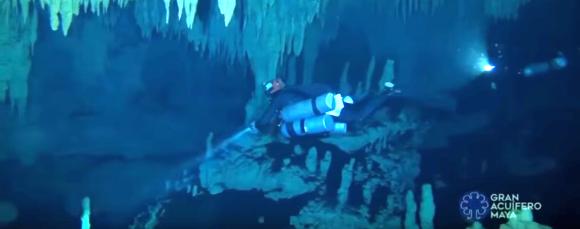 Several years ago, my wife and I went snorkeling in the Dos Ojos cenote in Mexico’s Yucatan peninsula near Tulum. A cenote is a deep, water-filled sinkhole in limestone, often connected to freshwater underwater caverns and tunnels. The limestone filtered water was crystal clear and we were able to swim between multiple cave chambers. Divers with scuba gear swam 60′ below us and provided the only means of judging the depth of the water. It was an amazing afternoon.
Several years ago, my wife and I went snorkeling in the Dos Ojos cenote in Mexico’s Yucatan peninsula near Tulum. A cenote is a deep, water-filled sinkhole in limestone, often connected to freshwater underwater caverns and tunnels. The limestone filtered water was crystal clear and we were able to swim between multiple cave chambers. Divers with scuba gear swam 60′ below us and provided the only means of judging the depth of the water. It was an amazing afternoon.
Dos Ojos, meaning “two eyes” because of its two sinkholes to the same connected underwater chambers, was thought to be connected to submerged caves extending 93 kilometers or 57.8 miles. Recently, however, researchers have discovered that the Dos Ojos cave system is, in fact, connected to a nearby cave system, Sac Actun, meaning White Cave. The combined cave network stretches for 216 miles, a world’s record.

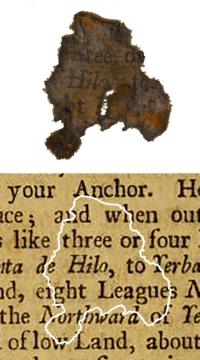 A lump of paper wadding found in a cannon from the pirate
A lump of paper wadding found in a cannon from the pirate 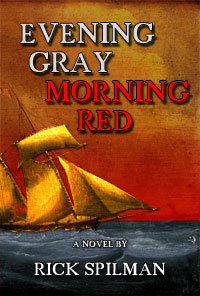
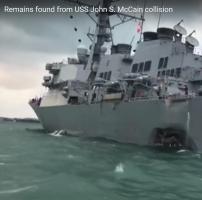 The Navy has announced that five officers involved in two deadly ship collisions are facing a variety of criminal charges including negligent homicide. The officers facing charges include Cmdr. Bryce Benson, former captain of the
The Navy has announced that five officers involved in two deadly ship collisions are facing a variety of criminal charges including negligent homicide. The officers facing charges include Cmdr. Bryce Benson, former captain of the 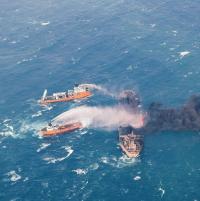
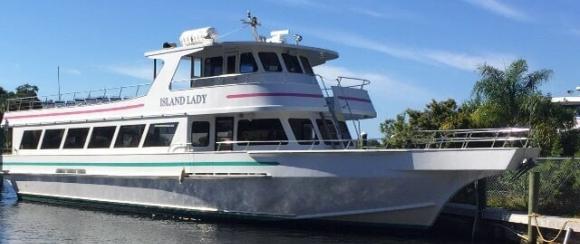 A fire broke out on the casino shuttle boat, Island Lady, around 4PM on Sunday, in the Gulf near Port Richey, Fl. The 34 passengers and 14 crew aboard were forced into the 59-degree water. At least one passenger, a 42-year-old woman, died. 15 passengers were transported to a local hospital with for chest pains, smoke inhalation and other injuries initially reported as not life-threatening. The Island Lady was shuttling passengers to the
A fire broke out on the casino shuttle boat, Island Lady, around 4PM on Sunday, in the Gulf near Port Richey, Fl. The 34 passengers and 14 crew aboard were forced into the 59-degree water. At least one passenger, a 42-year-old woman, died. 15 passengers were transported to a local hospital with for chest pains, smoke inhalation and other injuries initially reported as not life-threatening. The Island Lady was shuttling passengers to the  The
The 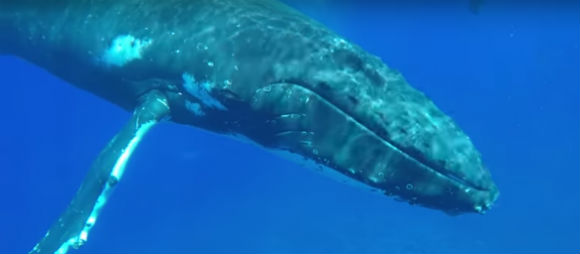 Recently, biologist Nan Hauser was snorkeling in the Cook Islands in the South Pacific, when
Recently, biologist Nan Hauser was snorkeling in the Cook Islands in the South Pacific, when 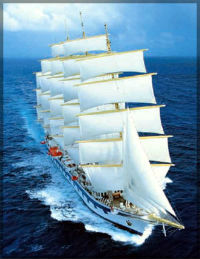 Here is a look at a modern sailing ship, Star Clipper’s
Here is a look at a modern sailing ship, Star Clipper’s 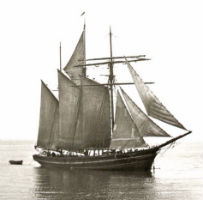 A
A  A day before Christmas,
A day before Christmas,  An Iranian tanker,
An Iranian tanker, 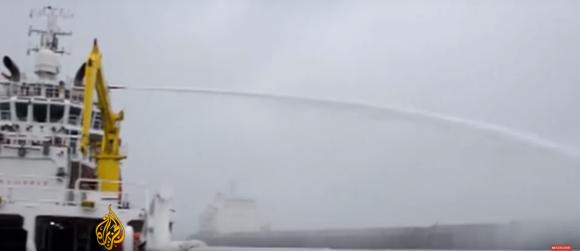 Response teams are struggling to bring a fire aboard the Iranian Suezmax tanker Sanchi under control following a
Response teams are struggling to bring a fire aboard the Iranian Suezmax tanker Sanchi under control following a 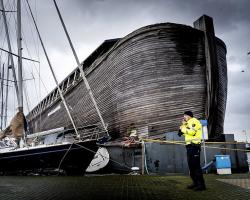
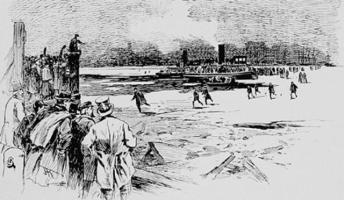
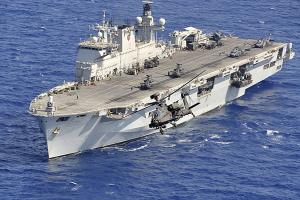
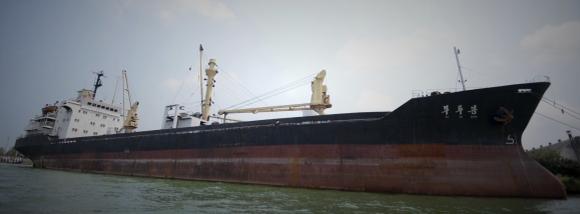 Sanctions do not mean much if they are not enforced. The UN has been imposing increasingly stricter limitations on the importation of crude and refined oil to North Korea. Still, oil has been getting through. In the past few days, South Korea has seized two tankers; the
Sanctions do not mean much if they are not enforced. The UN has been imposing increasingly stricter limitations on the importation of crude and refined oil to North Korea. Still, oil has been getting through. In the past few days, South Korea has seized two tankers; the